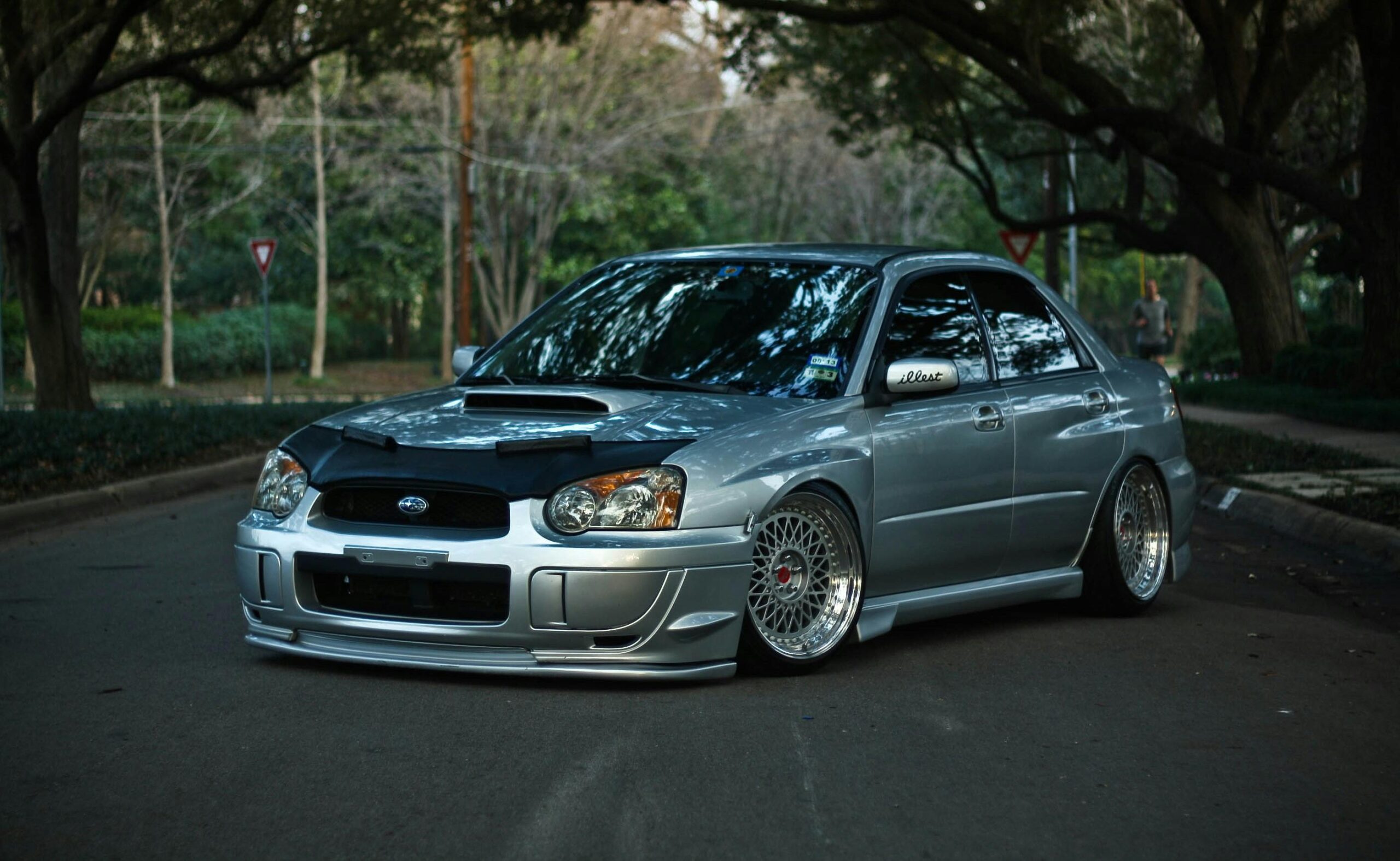
When it comes to purchasing a used car, the test drive is a critical step that shouldn’t be overlooked. This hands-on experience allows potential buyers to gauge the vehicle’s performance, comfort, and overall suitability. With numerous factors to consider during a test drive, it’s essential to come prepared and well-informed to make the best decision.
First and foremost, a successful test drive involves more than just taking the car for a spin. It is vital to evaluate how the car feels on the road, checking acceleration, braking, and steering response. Pay close attention to any unusual noises or vibrations that could indicate underlying issues. In essence, the test drive should serve as a comprehensive inspection of the used car in real-world conditions.
Additionally, consider the environment in which you conduct the test drive. Aim for a route that includes various terrains and traffic conditions. This will mimic everyday driving scenarios, giving you a better sense of how the vehicle will perform in your daily life. Remember, the test drive is not merely a formality; it’s an opportunity to ensure that the used car aligns with your needs and expectations.
Evaluate Comfort and Ergonomics During Your Test Drive
When you take a used car for a test drive, assessing comfort and ergonomics should be one of your top priorities. Begin by adjusting the seat to find a position that allows for a clear view of the road and easy access to all controls. Ensure that the seat provides adequate support for your lower back, as this is crucial for long drives.
Pay attention to the steering wheel’s position and feel. It should be easily adjustable, allowing you to maintain a comfortable grip while driving. Test its responsiveness by taking sharp turns and making quick lane changes. A well-designed steering wheel contributes significantly to overall driving comfort.
Examine the layout of buttons and controls. They should be intuitive and within easy reach, minimizing distractions while driving. Features such as climate control, audio systems, and navigation should be accessible without causing unnecessary strain or bending.
Consider the overall interior space. Check legroom and headroom, especially for rear-seat passengers if that is pertinent to your needs. A cramped cabin can lead to discomfort during longer journeys. Additionally, assess the quality of materials used in the interior; soft-touch surfaces can enhance the perception of comfort.
No test drive is complete without evaluating noise levels inside the cabin. Pay attention to any excessive engine noise, wind noise, or rattling sounds, as these factors can affect comfort during drives. A quiet cabin environment is easier to navigate, especially on longer trips.
Finally, test the air conditioning and heating systems to ensure they operate efficiently. Proper climate control is essential for comfort during various weather conditions. By thoroughly evaluating comfort and ergonomics during your test drive, you can make a well-informed decision about whether a used car meets your needs.
Inspect Vehicle Performance and Handling on Different Terrains

During a used car test drive, it is essential to assess how the vehicle performs on various terrains. This evaluation helps in understanding the car’s capabilities and ensuring it meets your daily driving needs.
Start by driving on smooth, paved roads to gauge the car’s acceleration and braking responsiveness. Pay attention to how the vehicle responds to throttle inputs and whether it accelerates smoothly. Check the brakes by performing gradual stops, ensuring they feel firm and effective without any pulsating sensations.
Next, drive on bumpy or uneven surfaces. This allows you to evaluate the suspension system and overall ride comfort. Note how well the car absorbs shocks from potholes or speed bumps. A well-maintained vehicle will offer a smooth ride, minimizing discomfort from rough terrain.
After assessing its performance on city streets, take the used car into a more challenging environment, such as gravel or dirt roads. This tests the vehicle’s traction and handling. Observe how the tires grip the road and if the car remains stable during turns. A stable vehicle instills confidence when navigating less forgiving conditions.
Finally, if possible, take the car on a slight incline or decline. This helps evaluate its power delivery when ascending or descending. Listen for any unusual sounds from the engine and ensure there is no slipping of the transmission. Proper handling in these scenarios is crucial for safety and performance.
By thoroughly inspecting the car’s performance across different terrains during your test drive, you can make a well-informed decision about its suitability for your lifestyle.
Check for Warning Lights and Advanced Features Functionality

During a used car test drive, it is crucial to examine the dashboard for any warning lights that may indicate underlying issues. Before you start driving, turn on the ignition and observe the dashboard indicators. All warning lights should illuminate briefly and then turn off. If any lights remain on, especially those indicating the engine, brakes, or transmission, it could signify potential problems that may need further investigation.
While you are driving, pay attention to any unusual signals that may appear. A warning light activated during the test drive might suggest a malfunction that could affect the car’s performance and safety. Do not hesitate to ask the seller about any lights that stay on, as understanding their implications is vital for your purchase decision.
In addition to warning lights, test the functionality of advanced features that may enhance your driving experience. Many modern used cars come equipped with various technologies such as adaptive cruise control, lane departure warning, navigation systems, and infotainment interfaces. It is essential to ensure these features are operational before finalizing your purchase.
Engage the advanced functionalities while you are out on the test drive. For instance, activate the cruise control to see how well it maintains speed without manual input. Check the responsiveness of the lane-keeping assist to ensure it functions as intended. Additionally, test out the audio system, GPS, and any other technological components to ensure they meet your expectations.
If possible, ask the seller for a demonstration of these features before you begin the test drive. This will give you peace of mind that the car not only meets your basic requirements but is also equipped with functional advanced features, adding value to your purchase.




